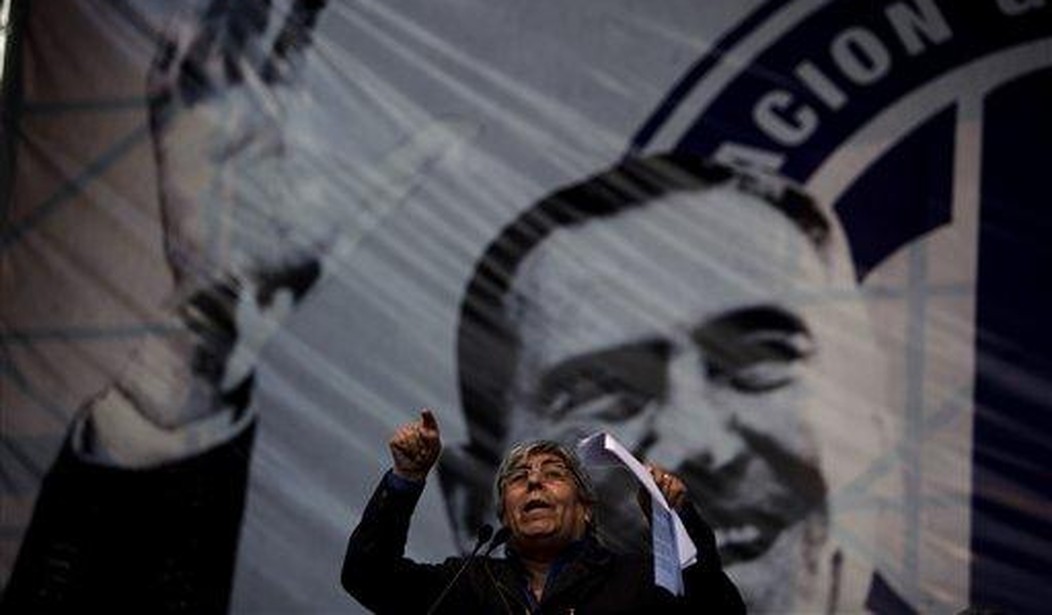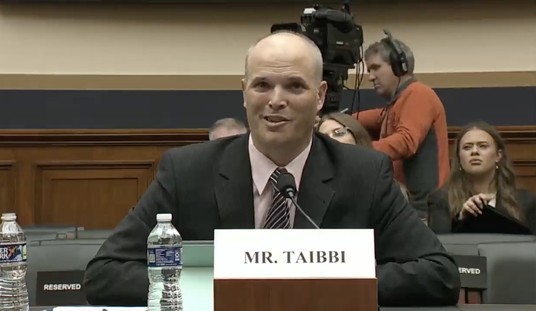In my new book I show "How Nations Escape Poverty," but I also have some comments on how once very rich countries became poor. These examples should be a warning to all of us, including the U.S.
There is probably no country in the world that has descended so dramatically in the last 100 years as Argentina. In the early 20th century, the average per capita income of the population was among the highest in the world. The expression “riche comme un argentin” – rich as an Argentinean – was a commonly heard expression at the time.
Argentina’s descent is closely associated with one name – Colonel Juan Domingo Perón. He was elected president in February 1945. His first term lasted until 1955. His political agenda: big government. Argentina’s telephone company was nationalized, its railways, its energy supply, its private radio. Between 1946 and 1949 alone, government spending tripled. The number of public sector employees rose from 243,000 in 1943 to 540,000 in 1955 – many new jobs were created in government agencies and in the civil service to provide for the supporters of Perón’s Workers’ Party. Economic policy was socialist: although passenger and freight volumes for the railways stagnated, the number of employees increased by more than 50 percent between 1945 and 1955. The Perónist trade unions became the most powerful organizations in Argentina alongside the military. Peron’s wife, Eva Duartes, was worshipped like a heroine, dispensing money on social welfare hand over fist.
Recommended
Military dictatorships and Perónist governments replaced each other, Argentina sank further and further into debt. In 1973, Perón came to power for a third time – and again his agenda consisted of redistribution and strong state regulation. From 1976 to 1983, Argentina was ruled by the military, who brutally persecuted all members of the opposition.
Economically, Argentina’s history is one of inflation, hyperinflation, state bankruptcies and impoverishment. Since its independence in 1816, the country has experienced nine sovereign bankruptcies, the most recent of which was in 2020 – a tragic story for such a proud country that was once one of the richest in the world.
The good news: a growing number of Argentineans realize that the only solution to their problems and a way out of poverty is more capitalism. This is the reason why the Argentinians voted for Javier Milei who says: “The state is not the solution. The state is the problem itself.”
Another woeful example of the decline of a nation is Venezuela. While at the beginning of the 20th century it was one of the poorest countries in Latin America, by the end of the 1960s Venezuela had undergone an remarkable development. In the course of the 20th century, Venezuela went from being one of the poorest countries in Latin America to becoming the richest. In 1970, it ranked among the 20 richest countries in the world with a higher per-capita GDP than Spain, Greece and Israel, and only 13 percent lower than that of the UK.
Venezuela’s reversal of economic fortune started in the 1970s. One of the reasons for the country’s problems was its dependency on its enormous reserves of oil. There were other causes, though, including an unusually high degree of government regulation of the labor market, which was tightened by wave after wave of new regulations from 1974 onward. In hardly any other country in Latin America (or anywhere else in the world, for that matter) was the labor market so heavily regulated. From adding the equivalent of 5.35 months’ wages to the cost of employing someone in 1972, non-wage labor costs soared to add the equivalent of 8.98 months’ wages in 1992.
But, as the example of Venezuela shows, when the problems keep getting bigger, it does not necessarily mean that people will learn – history is not like a Hollywood film with a guaranteed happy ending. Or, to put it another way: things can always get worse.
Many Venezuelans put their faith in the charismatic socialist leader Hugo Chávez as the savior who would deliver their country from corruption, poverty and economic decline. Chávez was elected president in 1998. He was not only a beacon of hope for many of Venezuela’s poor – his talk of a new kind of “Socialism for the 21st Century” also reawakened dreams of a utopian paradise among members of the European and North American left. We know how this story ended: Venezuela first lost economic, then political freedom and to date, 7.5 million people (a quarter of the population) have fled the socialist country.
If all this could happen in once rich countries like Argentina and Venezuela, it can happen anywhere.
Rainer Zitelmann is the author of the recently published book How Nations Escape Poverty https://nations-escape-poverty.com/

























Join the conversation as a VIP Member